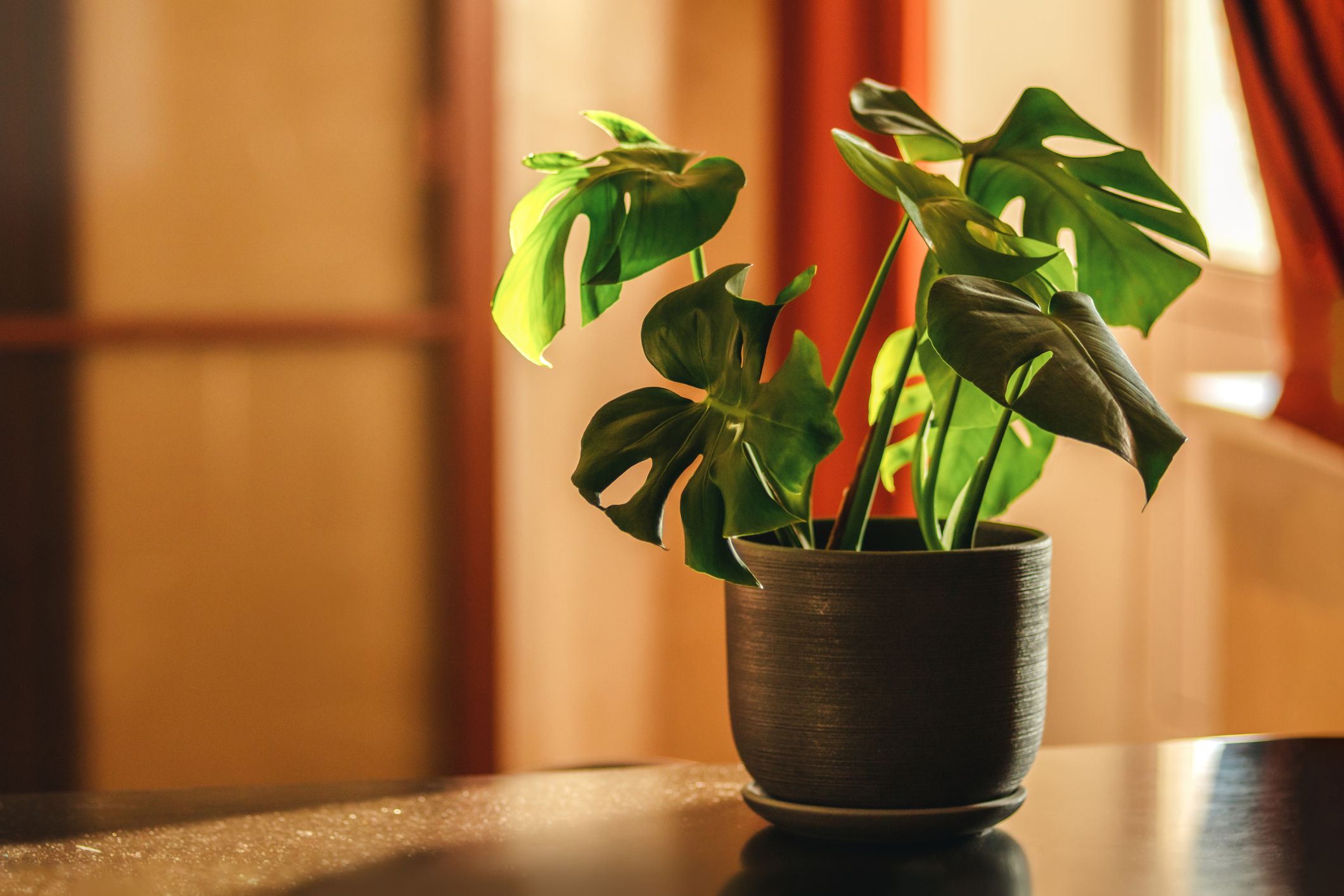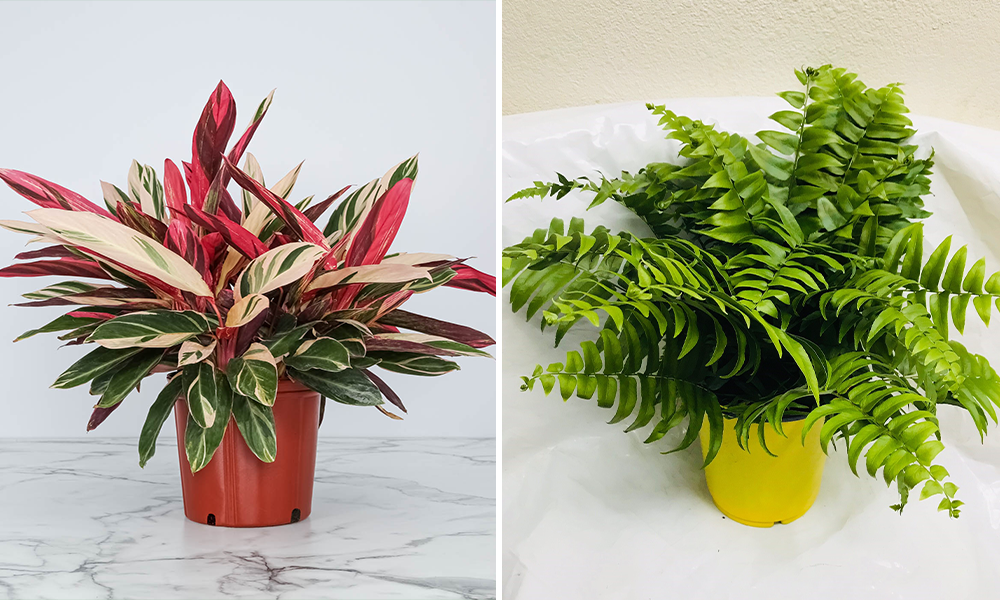Enhance Your Home Décor with the Best Low-Light Indoor Plants
Discover the Keys of Low-Light Indoor Plants and Exactly How They Boost Your Atmosphere
Low-light indoor plants have amassed enhancing interest for their one-of-a-kind capacity to improve both aesthetic appeal and environmental quality within homes and offices. These resilient types, including the Serpent Plant and Tranquility Lily, not only prosper in tough lights problems however also play a crucial role in air purification and emotional well-being.
Benefits of Low-Light Indoor Plants
Although many individuals assume that indoor plants require abundant sunshine to thrive, low-light interior plants provide a plethora of benefits that make them optimal for different environments. One of the key advantages is their versatility; they can prosper in areas with minimal natural light, such as offices, cellars, or spaces with little windows. This feature allows individuals to improve their surroundings with greenery, adding to improved looks without the requirement for substantial illumination alterations.
Moreover, low-light interior plants can considerably enhance interior air top quality by releasing and filtering harmful contaminants oxygen, making living spaces healthier. The existence of plants has actually been linked to greater sensations of tranquility and emphasis.
Additionally, low-light plants commonly need less maintenance than their sun-loving counterparts, making them excellent for active individuals or those new to horticulture. Their strength allows them to love minimal treatment, hence offering a fulfilling experience for plant lovers and beginners alike. In recap, low-light indoor plants offer both aesthetic and useful functions, making them valuable additions to any space.
Top Low-Light Plant Selections
Low-light indoor plants can be found in a variety of varieties, each offering distinct attributes and benefits fit for dark settings. Amongst the most preferred varieties is the Snake Plant (Sansevieria), known for its building fallen leaves and air-purifying abilities. This resistant plant prospers on overlook and can tolerate a vast array of light problems.
An additional exceptional choice is the ZZ Plant (Zamioculcas zamiifolia), which features glossy, dark green fallen leaves and is highly drought-tolerant. Its flexibility makes it a favored for offices and homes with restricted sunshine.
The Pothos (Epipremnum aureum) is also a leading contender, with its routing vines and heart-shaped leaves - Best low-light indoor plants. This versatile plant can be educated to climb or cascade, adding visual passion to any kind of space

Care Tips for Low-Light Plants
Looking after low-light interior plants calls for a nuanced understanding of their details demands to ensure optimal development and vigor. First, it is crucial to select the appropriate potting mix, as a well-draining soil is essential to avoid root rot. A mix developed for houseplants, usually including peat moss and perlite, functions well for the majority of low-light selections.
Watering is one more vital facet of care. Low-light plants normally require less frequent watering compared to their sun-loving counterparts. It is a good idea to check the top inch of dirt; if it really feels dry, it's time to water. Overwatering can bring about issues such as mold and origin decay.
Fertilization needs to be come close to with caution. During the their explanation growing period, a diluted liquid plant food can be applied monthly, but in cold weather, lots of low-light plants go into dormancy and require little to no fertilizing.
Last but not least, it is essential to occasionally clean the leaves to remove dust, enabling for much better light absorption. By sticking to these treatment pointers, you can grow a thriving atmosphere for your low-light interior plants, boosting both their appearance and durability.
Enhancing Air Top Quality With Plants
Indoor plants play a significant role in improving air top quality within homes and office spaces. With the procedure of photosynthesis, these plants soak up carbon dioxide and release oxygen, adding to a healthier environment. Furthermore, specific low-light interior plants have the capability to filter unsafe pollutants, such as trichloroethylene, benzene, and formaldehyde, which are generally discovered in interior environments.

Furthermore, the presence of indoor plants can increase moisture levels, which assists alleviate completely dry skin and respiratory system issues, even more enhancing total wellness. This capacity to improve air high quality not just promotes physical wellness yet additionally supports mental health.
Incorporating low-light indoor plants into your living and functioning areas can cause a more invigorating and lively environment (Best low-light indoor plants). Buying these all-natural air cleansers is a straightforward yet reliable strategy for improving interior air high quality and fostering a healthier lifestyle
Creating a Tranquil Indoor Area
The combination of plants into living rooms not only enhances air high quality but additionally adds to a serene atmosphere. Low-light indoor plants, such as snake plants and pothos, are especially effective in creating a calm setting, as they grow in conditions that may or else be inhospitable for other plant. Their lavish vegetation supplies a calming aesthetic, decreasing stress and advertising leisure.
Integrating these plants right into your home or workplace can evoke a sense of tranquility and health. Purposefully placing them in areas where you spend substantial time, such as living workspaces or spaces, enables an immersive experience with nature, which has been revealed to boost mood and cognitive function.
Additionally, the mild activity of fallen leaves in feedback to air movement can create a dynamic aesthetic element that boosts the total setting. Consider using a range of plant elevations and textures to add depth and rate of interest to your space. With thoughtful placement and treatment, low-light indoor plants can transform any kind of area into a peaceful sanctuary, promoting not just aesthetic fulfillment yet also psychological and psychological health.

Verdict
Integrating low-light interior plants into numerous check my source settings yields significant advantages, consisting of boosted air quality and boosted visual appeal. The transformative power of low-light plants emphasizes their worth in enhancing both work and property settings.
Although many people presume that interior plants need plentiful sunlight to thrive, low-light indoor plants provide a wide range of benefits that make them optimal for numerous atmospheres.Moreover, low-light indoor plants can significantly enhance indoor air quality by filtering damaging toxins and releasing oxygen, making living rooms healthier. Additionally, particular low-light indoor plants my website have the capability to filter harmful contaminants, such as formaldehyde, trichloroethylene, and benzene, which are typically found in indoor settings.
Low-light interior plants, such as snake plants and pothos, are especially reliable in producing a peaceful environment, as they thrive in problems that might or else be inhospitable for other plant.Integrating low-light interior plants into various environments returns considerable advantages, including boosted air top quality and improved visual charm.